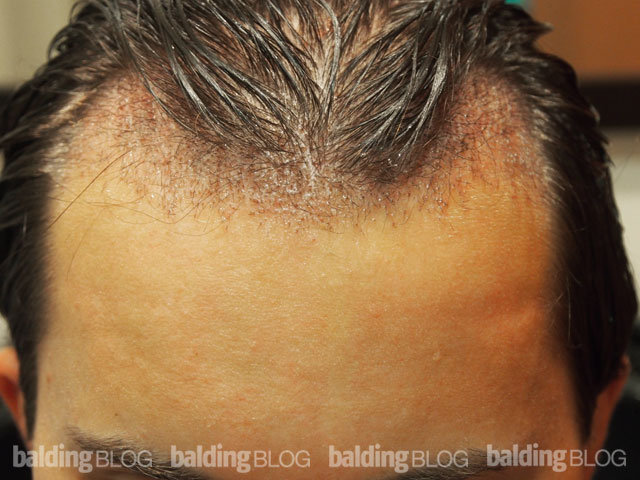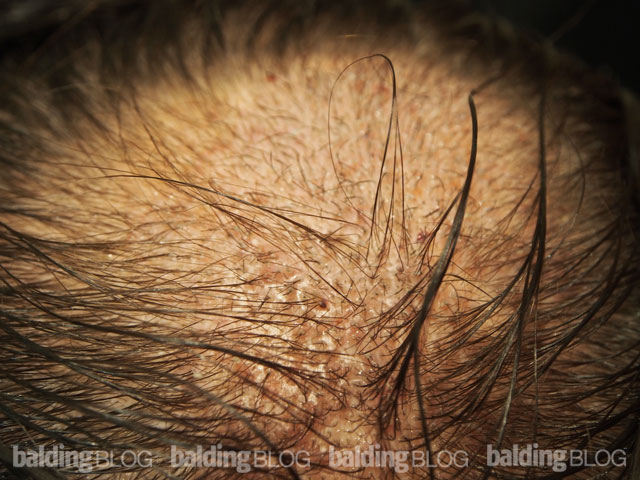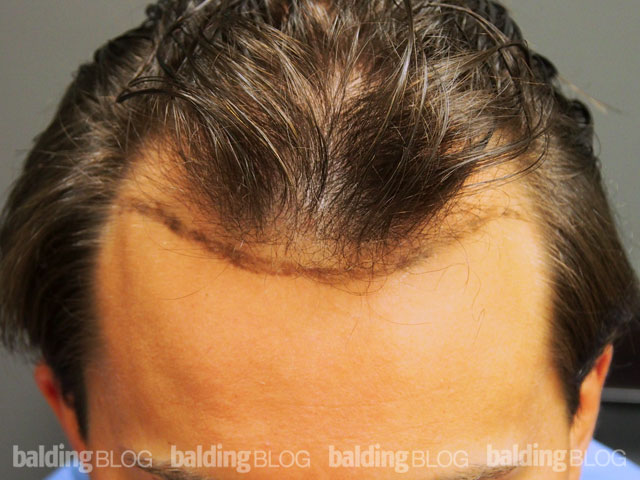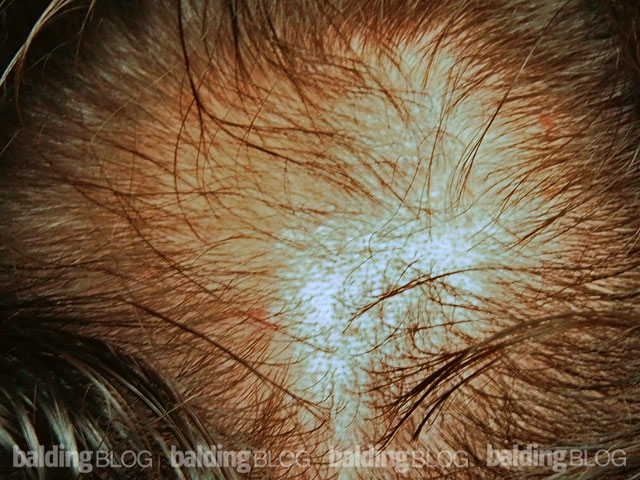Dear Dr. Rassman,
This matter has become quite stressful to me. I went for a hair transplant a month ago, when I had a bit less than a 1000 grafts transplanted on my crown area. It was an FUE procedure. Most say that grafts should fall in 2-3 weeks following the procedure yet most of the grafts are still there on my head. They are not growing and they are not falling, period. The shaved donor area has grown but the recipient area still shows these tiny hairs with no significant change. I am becoming very worried about this matter. Is this normal ? I contacted the doctor and he said to give it more time, as hairs are supposed to fall. Any opinions/advice from your side would be very helpful.I am starting to feel that I wasted 1000 very good grafts (as the doc said the quality was great, I had many 3-4 hairs follicles). Many thanks and best regards.

I will say every surgery is different and the hairs will probably fall out eventually, especially when the new hairs grow in. It’s not “normal” to have them stay in your head. Even if it does (or doesn’t) fall out, the success of the surgery is still not related to the initial hairs falling out. You will only know how successful your surgery was in about 10 to 12 months.
You already spoke to the doctor who performed your surgery, so I’m not sure what kind of assurance I can provide. I don’t know you and I did not perform your surgery, so I have no way to know about your healing. It’s possible that there was a problem with the surgery, but it’s also possible that it will all turn out fine and you’ll be pleasantly surprised. I wish I was able to provide some real info, but I’m limited without knowing more about your surgery or even having an examination.
Think positively, be patient, and good luck.




